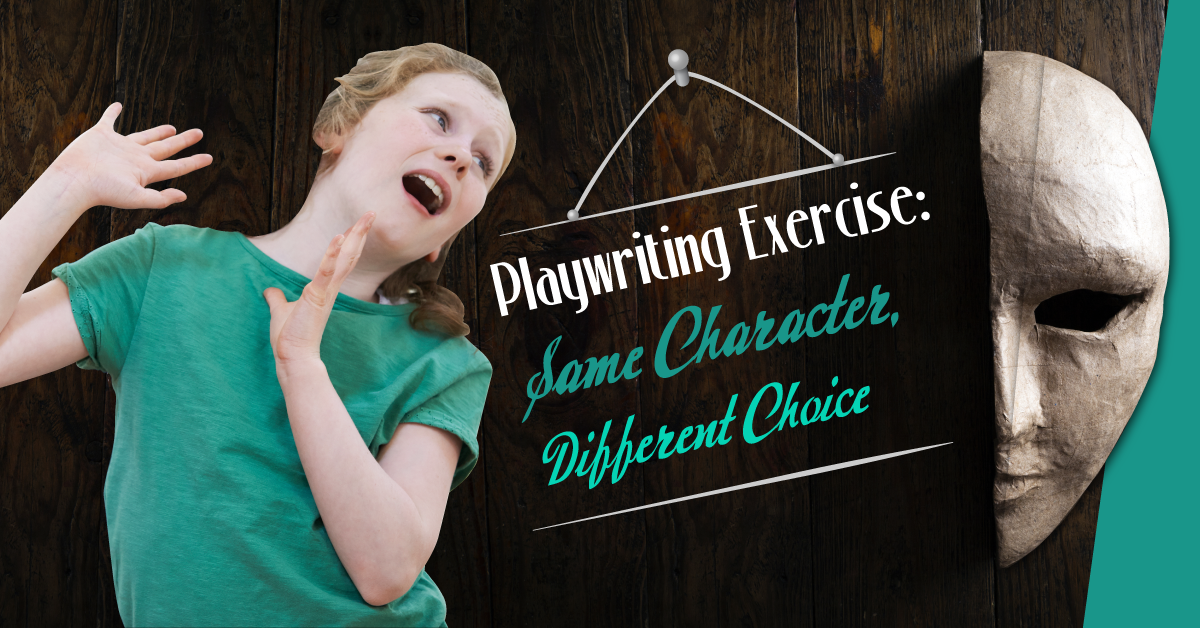Character Movement: Speed Up, Slow Down
The following exercise challenges students to explore character movement by focusing on the speed of movements. This exercise is mental and physical — students will brainstorm a list of characters that move fast and a list of characters that move slow. Then, students will get up as a group and act out the different characters.
1. In small groups, students will write out a list of characters that move slowly, for example, an elderly person, a baby who is just learning to walk, a person with a foot or leg injury, a snail, or tortoise. Each group must come up with at least 10 ideas.
2. Next, students will brainstorm a list of characters that move quickly, for example, an Olympic sprinter, a horror movie victim being chased by a villain, a cheetah, a busy personal assistant, or a superhero with super speed. Again, come up with at least 10 ideas per group.
3. Collect all the idea lists.
4. Have students stand up in the middle of the playing space. Using the brainstormed character lists, the teacher will call out one of the fast or slow characters. Students will move around the room like that character, using different postures, gestures, and facial expressions to enhance their characters.
Encourage students to really work with varying speeds — make slow characters very slow and fast characters very fast. With fast characters, students need to ensure they are aware of their surroundings (not bumping into each other) and that their movements are clear enough that an audience member would understand what they’re doing.
5. Repeat with at least three fast characters and three slow characters.
6. Now we do some switching up. This requires some quick thinking on the part of the teacher. Call out a fast or slow character, and at some point while the students are moving around the room as the character, add a prompt that causes a fast character to move slowly or a slow character to move quickly. For example, an elderly person trying to catch a bus, a sprinter with an ankle injury, a cheetah stalking a newly discovered prey, or a snail on a skateboard. How does this affect how the students portray the character?
7. For an additional challenge, have students try entering and exiting the playing space in character, or doing a mini scene change by moving an item such as a rehearsal box, chair, or bench while in character.
8. At the end of the class, have students respond to the exit slip question (found below in the giveaway).
Related Articles:
- Thinking of Your Character as an Animal
- 3 Fun, Physical Warm-Ups to Get Your Students Moving
- Elephant Walk



